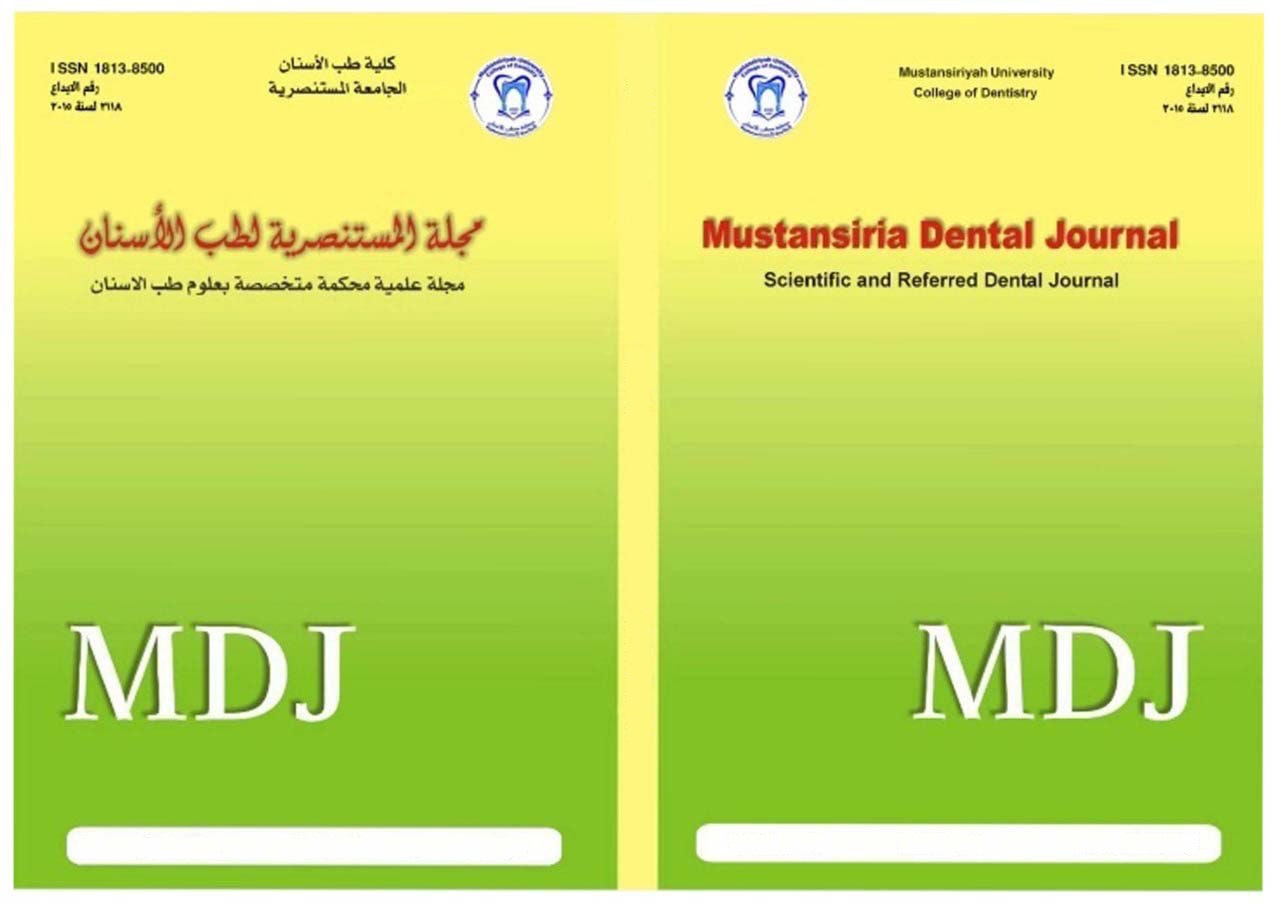Abstract
Background: The routine method of removing caries is nonselective, causing a detrimental biological consequence and triggering anxiety, fear, and pain for children. As a result, this study aims to compare three minimally invasive treatments by the evaluation of an anxiety level pain assessment. Materials and Methods: A controlled clinical trial was conducted on a total of 45 children aged 7-8 years who had primary molar and active caries lesions. The children were divided into three groups: the 38% e-SDF (Group S), the Brix3000 (Group B), and the CeraBur (Group C). The children were presented with a facial image scale to evaluate their level of anxiousness. Chi-square, Kruskal-Wallis, and post-hoc pairwise tests were used to analyze the data, and the statistical significance (p-value) was determined to be significant at p≤0.05. Result: This study revealed a variation in the child\'s anxiety level during caries removal. There is a significant difference in anxiety scores between the three treatment methods (P = 0.009). Post-hoc pairwise comparisons revealed a significant difference between the S and C groups (P = 0.002). Conclusion: Silver diamine fluoride was a simple, efficient, and least invasive method for treating dental caries and eliminating the need for local anesthesia.
Keywords
Anxiety
Brix3000
ceramic bur
Chemico-mechanical caries removal
Facial image scale
Minimal Invasive Dentistry
silver diamine fluoride.
